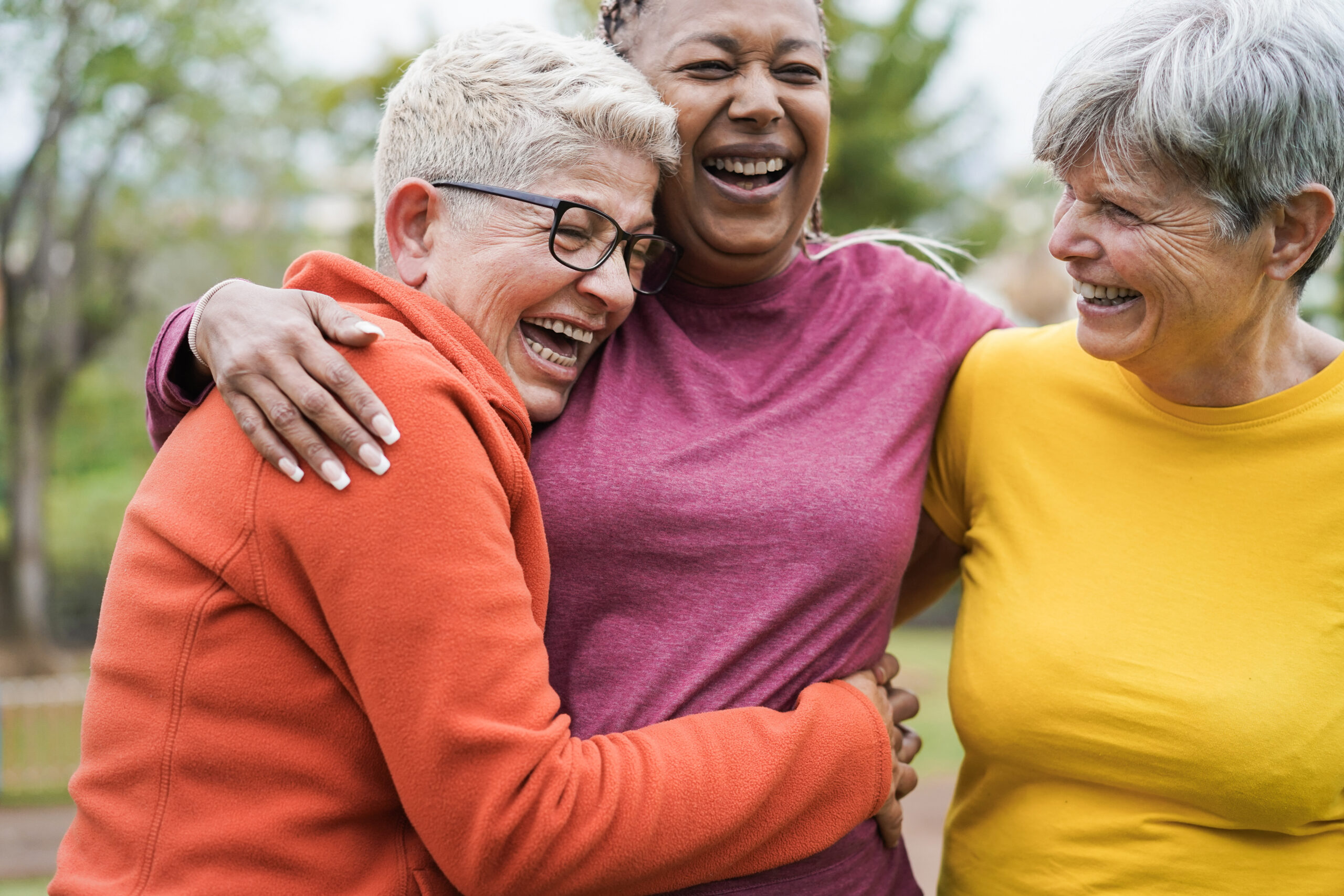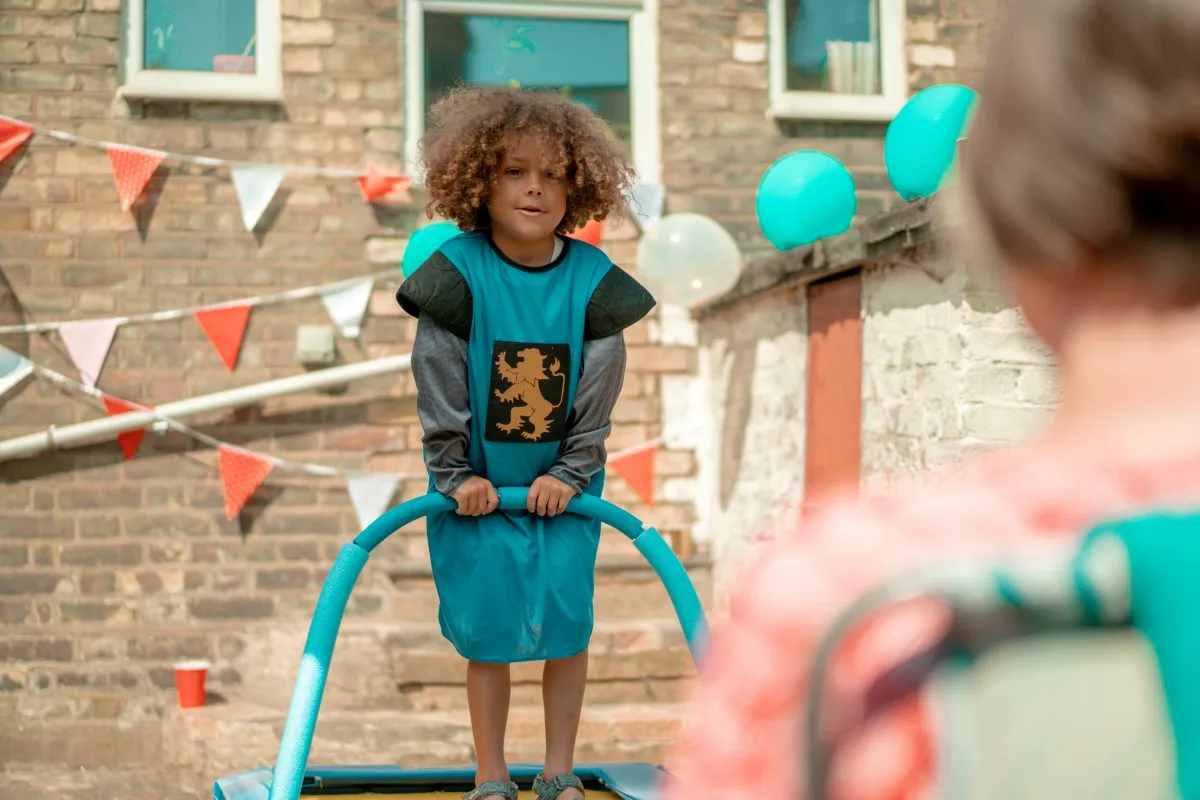Signs and symptoms of leukaemia
Find out about some of the common signs and symptoms of leukaemia to look out for.

Leukaemia is often difficult to spot as its symptoms aren’t specific and aren’t well known. We want everyone to be aware of the symptoms. If you spot one or more symptom, please ask your GP for a blood test.
The signs and symptoms of leukaemia include:
This is characterised by persistent or extreme tiredness that disrupts a person’s daily activities. It often doesn’t go away after a good night’s sleep.
This can include being unable to attribute weight loss to diet or exercise. As well as losing weight quickly over a short period of time.
Bruises1 caused by leukaemia are often similar in appearance to normal bruises; however, they are likely to develop more easily or with no obvious cause.
Unexplained nose bleeds can also be a symptom of leukaemia.
These are enlarged lumps that can be seen or felt underneath the skin – usually in the armpit, neck or groin area. Often, they can be the result of an everyday infection or allergy. However, they might be a sign of leukaemia, particularly if they are painless, last longer than two weeks, are hard or unmovable, or grow in size.
This can include a sharp pain or swelling in the stomach and constantly feeling full.
Factors such as the duration and frequency of infections can help determine if they are a sign of leukaemia. Specific signs include a cough, fever or chest infection that is recurring or long lasting; and small cuts to your skin becoming infected more frequently.
The temperature at which night sweats occur, and the quantity of sweat lost can help determine if a person’s night sweats are a symptom of leukaemia. If night sweats are regular, drench you in sweat, or occur in cool environments it’s worth visiting your GP.
This can be a sharp pain or a constant dull ache in one or more bones. Bone pain caused by leukaemia is usually felt in the arms and legs, or in the ribs and sternum of the rib cage. Joint pain in ankles or wrists and swelling of large joints like the hips and shoulders can also be experienced.
Symptoms of leukaemia can include breathlessness that comes on suddenly or during activities that would normally be effortless for the person, breathlessness lasting longer than a month, breathlessness that worsens over time and coughing lasting three weeks or more.
Skin rashes2 are likely to be unexplained and often have the appearance of small red and purple spots on the skin.
How sign and symptoms of leukaemia can differ in adults and children
Leukaemia symptoms in adults and children are very similar, however, symptoms in children can develop more quickly. The National Institute for Health and Care Excellence (NICE)3 recommends children be offered a very urgent blood count due to the acute nature4 of leukaemia in children.
If you are experiencing any of these symptoms and you are concerned about blood cancer, please make sure to book an appointment with your GP. The faster leukaemia patients are diagnosed, the increased likelihood they will make a full recovery.
The NHS* provides more information on leukaemia symptoms and blood cancer symptoms, broken down by leukaemia type. The four main types of leukaemia are:
References
1Abnormal bruising – Source: Cancer Research UK
2Leukaemia skin rashes – Source: Cancer Research UK
3Symptoms suggestive of haematological cancers – Source: National Institute for Health Care and Excellence
4Childhood leukaemia symptoms – Source: Blood Cancer UK
*NHS list of leukaemia symptoms

